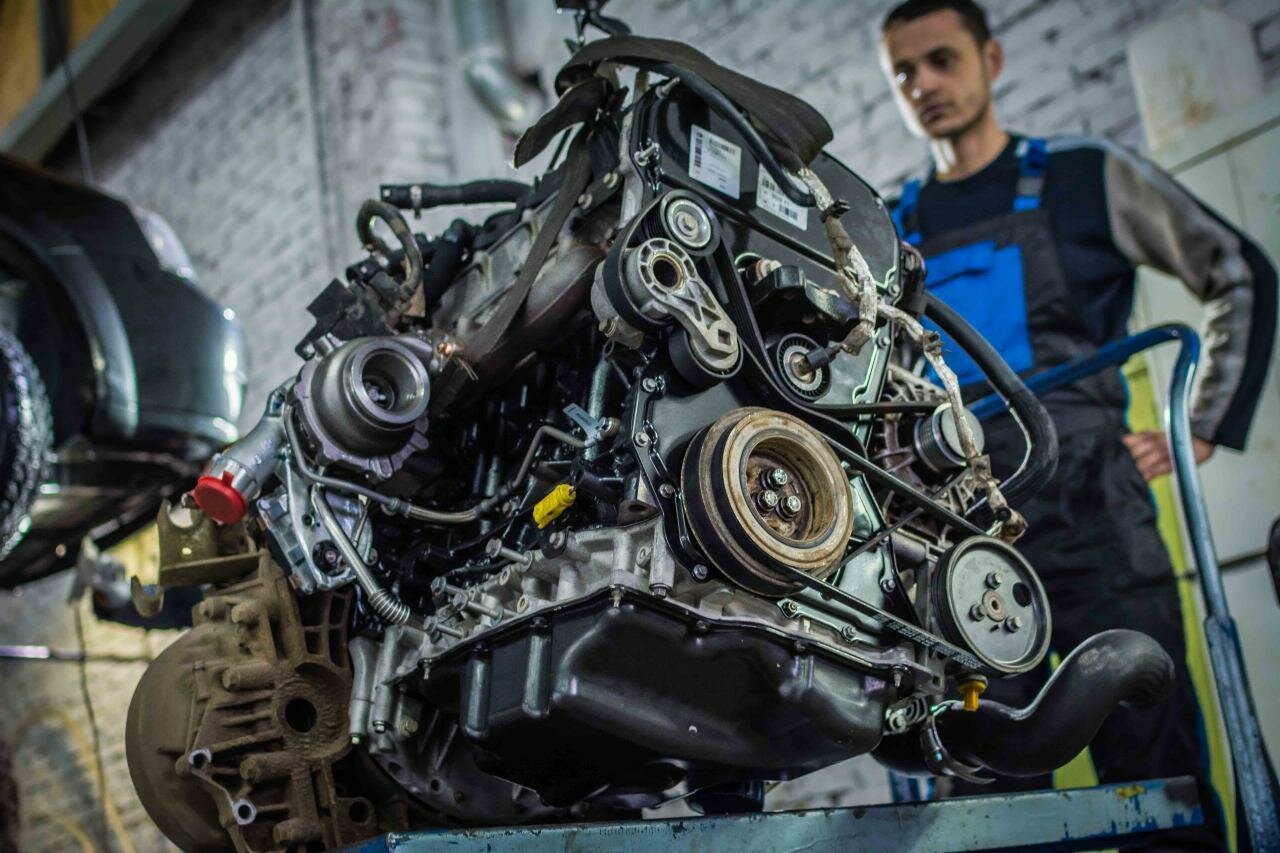Kia Sorento: A Brief Overview
The Kia Sorento has been a staple in the midsize SUV market since its debut in 2002. Initially launched as a rugged SUV, it has evolved through several generations, adapting to changing consumer preferences and technological advancements. The Sorento is known for its spacious interior, versatile cargo capacity, and a range of features that appeal to families and adventure-seekers alike. Over the years, Kia has worked to enhance the Sorento’s reputation for reliability and value, positioning it as a strong competitor against established brands in the automotive industry.
The 3.3 Engine: A Common Choice
Among the various engine options available for the Sorento, the 3.3-liter V6 engine has been a popular choice for many buyers. This engine is known for delivering a balance of power and efficiency, making it suitable for both daily commuting and longer road trips. However, despite its initial appeal, the 3.3 engine has not been without its issues. Owners have reported a range of problems that can affect performance, reliability, and overall satisfaction with the vehicle. As we delve deeper into the specifics of these engine problems, it becomes clear that potential buyers and current owners need to be aware of the challenges associated with the Kia Sorento’s 3.3 engine.
Kia Sorento 3.3 Engine Problems: An In-Depth Look
The Kia Sorento’s 3.3-liter V6 engine has garnered attention for both its performance and the issues that have arisen over time. While many owners appreciate the engine’s capabilities, a significant number have reported various problems that can lead to costly repairs and diminished vehicle performance. Understanding these issues is crucial for current and prospective owners.
Common Engine Issues
Several recurring problems have been identified with the Kia Sorento’s 3.3 engine. These issues can range from minor inconveniences to serious mechanical failures. Here are some of the most commonly reported problems:
- Engine Knocking: Many owners have experienced a knocking noise coming from the engine, often indicating internal wear or damage.
- Excessive Oil Consumption: Some Sorento models have been reported to consume oil at an alarming rate, leading to potential engine damage if not addressed promptly.
- Engine Stalling: Unexpected stalling can occur, posing a significant safety risk, especially while driving at higher speeds.
- Overheating: Issues with the cooling system can lead to engine overheating, which can cause severe damage if not resolved quickly.
- Check Engine Light: A persistent check engine light can signal a variety of underlying problems, often requiring diagnostic testing to pinpoint the issue.
Potential Causes of Engine Problems
Understanding the root causes of these engine problems can help owners take preventive measures. Some common causes include:
- Poor Maintenance: Neglecting regular oil changes and maintenance can lead to premature engine wear.
- Manufacturing Defects: Some vehicles may have inherent design flaws that contribute to engine issues.
- Driving Habits: Aggressive driving or frequent short trips can exacerbate engine wear and tear.
Symptoms and Consequences
Recognizing the symptoms of engine problems early can prevent more severe consequences. Below is a table summarizing common symptoms and their potential consequences:
| Symptom | Potential Consequence |
|---|---|
| Engine knocking | Internal damage, costly repairs |
| Excessive oil consumption | Engine failure, expensive rebuilds |
| Engine stalling | Accidents, safety hazards |
| Overheating | Severe engine damage, replacement |
| Check engine light | Undiagnosed issues, potential breakdown |
Top views |
|
|---|---|
 |
Oil, Timing Chains, Pistons: What Really Kills an Engine Prematurely? |
 |
How to Choose a Car with a Reliable Engine: Used Car Market Hacks That Actually Work |
Conclusion
The Kia Sorento’s 3.3 engine presents a mix of performance and potential pitfalls. While it may serve well for many drivers, the reported issues cannot be overlooked. Understanding the symptoms and consequences of these problems is essential for maintaining the vehicle’s reliability and ensuring safety on the road. Owners should remain vigilant and proactive in addressing any signs of trouble to avoid costly repairs and ensure a smooth driving experience.




0 Comments